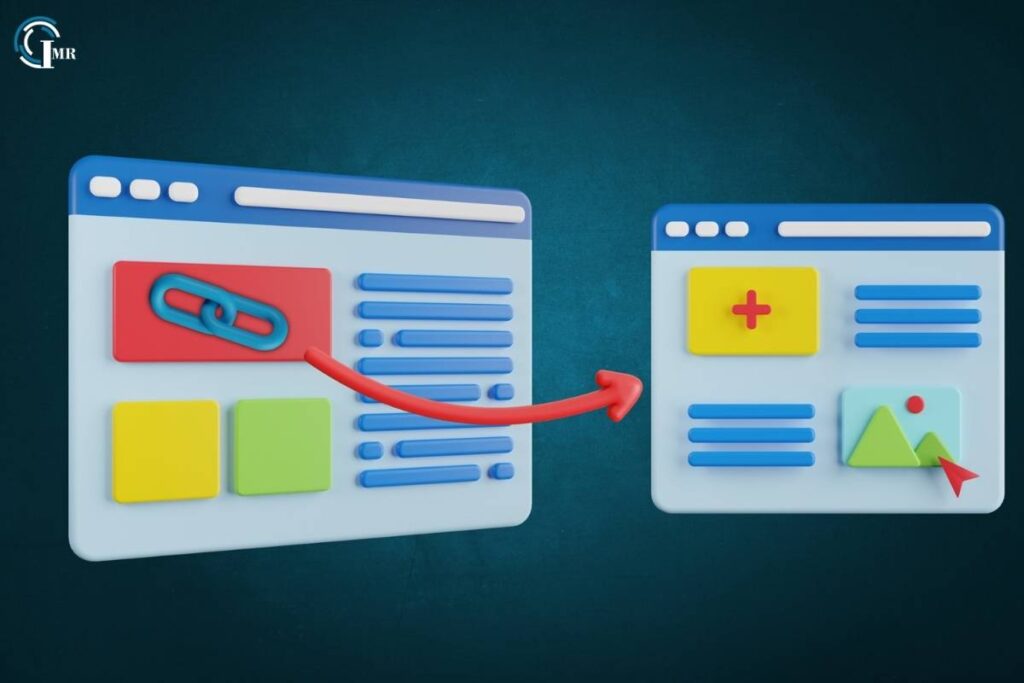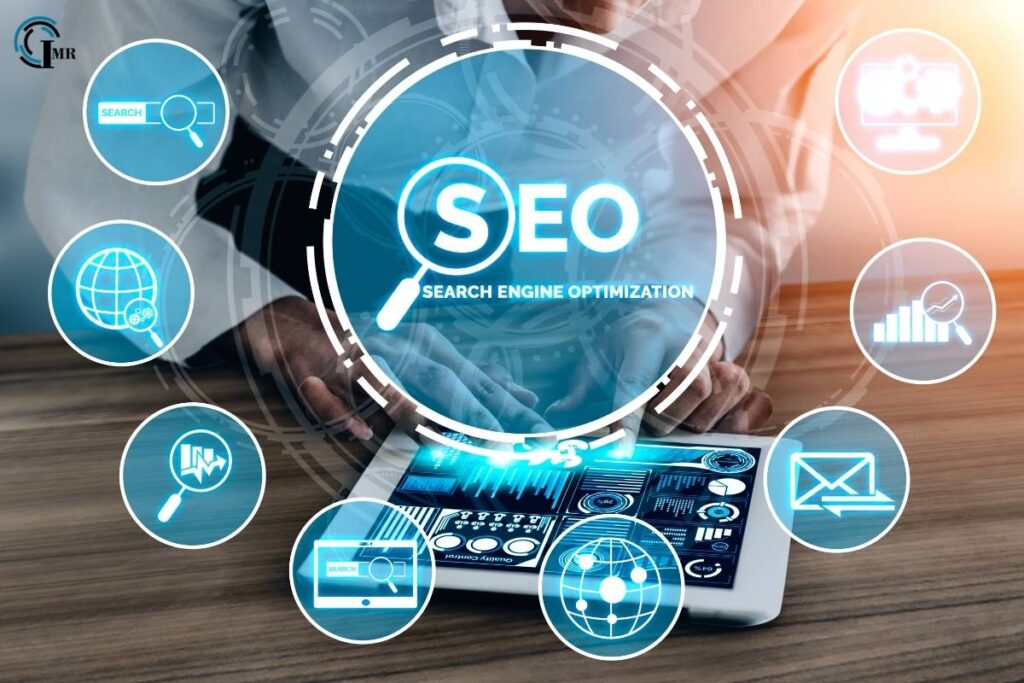Omnichannel Marketing is the incorporation of various organizations to interact with consumers, having the goal of creating a consistent brand experience in physical and digital channels. With the motive of creating a convenient, seamless user experience for consumers, omnichannel marketing offers many opportunities. The strategy may give consumers the chance to browse and purchase online or in-store. Industries like healthcare, retail, finance, and technology are opting for omnichannel strategies across organizations. In this article, we will explore key areas where technology is advancing and how these changes are influencing various sectors, with a particular focus on the Digital Signature Industry.
What is Omnichannel Marketing?
Omnichannel marketing considerations adopt a consumer-centered approach to marketing activities. This level of seamlessness in this approach allows one to create holistic customer profiles. It gives a marketer increased insight into how customers are engaging as they move from channel to channel, and it provides a means for marketers to create unified shopping experiences. An omnichannel approach guarantees the consumer a positive, consistent experience on each channel by offering a few key elements:
- Consistent, identifiable brand tone and vision
- Personalized messaging based on specific interests
- Content that is informed by past interactions and the current stage of the buyer’s journey
Importance of Omnichannel Marketing

The importance cannot be overstated in a world where consumers are increasingly using multiple devices and platforms to make purchasing decisions. Studies show that companies with strong omnichannel strategies retain an average of 89% of their customers, compared to just 33% for those with weak omnichannel efforts.
Omnichannel marketing helps businesses in
- Boost Sales and Revenue- Marketing strategy to increase conversion and repeat purchase
- Improve Brand Visibility- The integrated approach unifies messaging, boosting brand recognition and visibility
- x Gain Insights and Analytics- Strategies to gather data and understand customer behavior
- Enhance Customer Experience- Provide seamless experience across all channels for better engagement
Key Elements of a Successful Omnichannel Strategy

Following are some of the key components that must fall in place to ensure the approach is well implemented:
Consistent Messaging: The brand message should be consistent. Whether a customer reads an email, visits your website, or uses social media, the message should extend the voice and values of the brand.
Integrated Technology: Strategy to use technology that can harness data and processes across all these channels. Primarily, CRM systems and tools for marketing automation are used for synchronizing data to give a seamless experience.
Personalization: Leverage the personal preference and behavior of a client when you are designing your marketing effort. Personalization mainly improves and brings about use in customer experience.
Responsive Design: Your website and all other websites that you may operate should be mobile-friendly. Your customers now want a consistent experience from the desktop to the tablet to the smartphone.
Data-Driven Decisions: Observe interactions with the customers and change your approach. The actions denote what the data says about their behaviors and preferences.
How to Implement Omnichannel Marketing?
Implementing omnichannel marketing requires careful planning and execution. Here’s a step-by-step guide to help you get started:
- Understand Your Customer: The first step is to gain a deep understanding of your target audience. Use data analytics, customer surveys, and feedback to identify their preferences, behaviors, and pain points.
- Map the Customer Journey: Identify all the touchpoints where customers interact with your brand. This will help you understand how customers move through the sales funnel and where improvements can be made.
- Select the Right Channels: Choose the channels that are most relevant to your audience. This may include email, social media, mobile apps, websites, and physical stores.
- Integrate Your Channels: Use technology to connect your channels and create a unified customer experience. Ensure that your CRM system, email marketing, social media, and other tools are all working together seamlessly.
- Focus on Personalization: Use customer data to personalize your marketing efforts. This could be as simple as addressing customers by their names in emails or as complex as recommending products based on past purchases.
- Test and Optimize: Continuously monitor the performance of your strategy. Use A/B testing, customer feedback, and analytics to refine your approach and maximize results.
Benefits of Omnichannel Marketing
It offers benefits that can enhance a brand’s success. It increases customer retention by delivering a personalized experience across all touchpoints. This helps build direct customer relationships by delivering a unified and personalized experience across different channels, leading to higher retention levels. Customers connecting on different platforms helps brands increase their engagement level by offering a better experience. Collecting Data from various channels offers businesses an increased understanding of consumer behavior and preferences to decide regarding strategies.
With this approach, businesses can efficiently process streamlining and coordinate among teams. It results in a greater return on investment (ROI). Utilizing this type of marketing since an integrated strategy that spans several platforms optimizes the use of each one resulting in increased levels of audience engagement, sales volume, and holistic prosperity.
Challenges of Omnichannel Marketing

Here are some challenges:
Data Integration: Integrating data from various sources is quite difficult as it requires the right technology and processes.
Maintaining Consistency: For large organizations ensuring a consistent brand experience across all channels can be quite hard.
Measuring Success: One of the challenges involved in measuring the success of an omnichannel strategy is the existence of multiple touchpoints.
Resource Intensive: For developing and maintaining an omnichannel strategy; various resources such as time, technology, and manpower are needed.
Conclusion:
Omnichannel marketing embraces all approaches that are necessary for moving with the times in businesses to satisfy what today’s consumers need. All these will come together to create a seamless experience hence enhancing their satisfaction while increasing sales revenue and brand loyalty at the same time. To implement an effective strategy, one must have a thorough comprehension of their audience, appropriate technology and most importantly there must be a commitment to consistent and personalized interaction. Hence, it can be said that this trend points towards customer engagement through omnichannel means.












